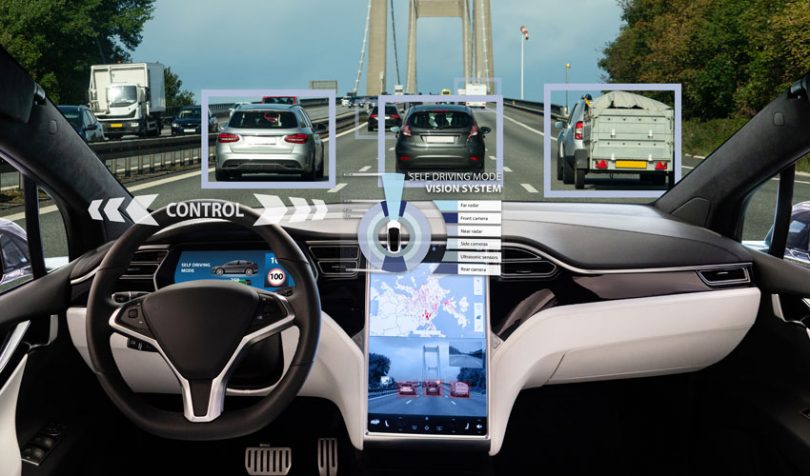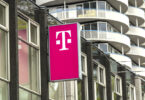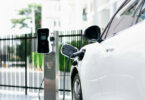The winners of the MOBI Grand Challenge have been announced. The Challenge, launched by MOBI (the Mobility Open Blockchain Initiative) and TIoTA (the Trusted IoT Alliance), began in October 2018 and aimed to find blockchain solutions for urban mobility and transportation.
Who are MOBI and TIoTA?
MOBI is a non-profit /organization which works with firms, governments and NGOs to make mobility services faster, safer, greener and more efficient through blockchain technology. The organization’s community is made up of over 70 members and boasts some high-profile names like IBM, BMW and Accenture.
TIoTA, on the other hand, is a collaboration between technologists who are working to use blockchain to scale and improve IoT services. Their community is smaller than MOBI’s but still contains big names like Cisco and UBS.
The Winners
The winners, Chorus Mobility, Oaken Innovations, Fraunhofer Blockchain Lab and a NuCypher/NICS Lab partnership, each received prize money in the form of XYO and Ocean Protocol tokens and a small amount of cash. Chorus came in first place, Oaken second, and Fraunhofer and NuCypher/NICS Lab were jointly awarded third. However, Oaken was touted as “Most Feasible,” and NuCypher/NICS Lab got the “Best Technical” award.
Chorus Mobility:
Chorus focuses on R&D of peer-to-peer blockchain payment protocols and applications for connected vehicles. Chorus envisages three use-cases areas for its technology: human to vehicle, vehicle to vehicle, and vehicle to infrastructure.
The human to vehicle aspect aims to offer safe and fast transactions when hailing autonomous taxis. Then, after the taxis’ introduction in the real world, the protocol will provide other payment and riding methods like pooling and splitting payments between multiple members of a party.
It’s not all about payments, however. Chorus’ protocol will also mean autonomous vehicles can communicate with each other. This will allow the vehicles to find quicker routes that avoid congestion while also enabling them to prevent accidents via digital negotiation of lane space.
The vehicle to infrastructure feature is more wide-ranging. It is thought of by Chorus as an “Instant V2X” (vehicle to anything). The potential of this is vast, but this would allow cars to make automatic toll payments, for example.
Oaken Innovations:
Oaken teamed with toll road operator Brisa, and Brisa subsidiaries technology company A to Be and consumer company Via Verde to produce a blockchain powered automotive commerce platform. The focus here was on vehicle tolling, but Oaken believes this technology can be used for any similar situation, like ticketing for example.
Oaken’s pilot demonstration displayed what was going on under the hood. The operator, its parent company and the consumer (the vehicle) were all given crypto wallets. Tokens were credited to the consumer’s wallet, and as the car drove through a booth, the RFID card in the vehicle triggered a transaction and successfully remitted tokens from the consumer’s wallet to the operator’s and then to the parent company. The consumer was notified of the transaction’s success by a notification on a mobile app. Crucially, the vehicle did not have to stop at the toll booth for this to work; it simply drove straight through.
A highlight was the improved user experience for the consumer and the removal of the need for fee-taking intermediaries for the operator and parent company. Plus there’s no end of month customer billing. It’s all pay-as-you-go.
The platform is built on Quorum/Ethereum.
Fraunhofer Blockchain Lab:
Fraunhofer FIT is a German R&D firm which produces digital solutions for its clients. They boast over 160 researchers and work with public and private institutions.
Its blockchain lab developed a prototype for transferring data and financial transactions between platooning vehicles. ‘Platooning’ describes a process where two or more vehicles drive at a very close distance behind each other. The Lab’s solution, using IOTA’s blockchain technology, allows the transfer of data between vehicles such as distance and the automatic control of the steering wheel or the accelerator pedal.
This digital ‘coupling’ enables the vehicles to drive autonomously or with minimal human input.
NuCypher/NICS Lab:
NuCypher and NICS Lab collaborated to develop a Vehicle Onboard Diagnostics Data Exchange solution. NuCypher’s primary focus is on privacy and encryption while NICS Lab researches digital security and receives funding from the European Frameworks Programme and ministries from Spain, Norway, Japan and Singapore.
The solution the two firms came up with was a way for two parties to access encrypted data without leaving it vulnerable to third parties. For example, let’s say Alice wants to share her encrypted car data with an insurance company. She can generate something called a “re-encryption key” using the NuCypher network, which allows the insurance company to interact with Alice’s data. Usually, re-encryption involves the data being briefly exposed on the server, but NuCypher’s technology avoids this. Hence, the information is kept private and secure, while still being exchanged.
This is just the first Grand Challenge. What MOBI and TIoTA learn from this one will inform subsequent ‘tournaments’ that will be held over a three-year period. The ultimate aim ‘is to develop a viable decentralized, ad hoc network of blockchain connected vehicles and infrastructure which can reliably share data, coordinate behavior, and improve urban mobility.’






